The PlayStation 1 era was brimming with JRPG gems in the 1990s. While Final Fantasy or Chrono Trigger stole the show, other franchises presented novel ideas. Star Ocean: The Second Story R may intimidate players, but it’s an adequate contribution to the ’90s JRPG legacy as noted in my review.
Ensign’s Log: Space Date 366

It’s nearly 20 years after the story of the original Star Ocean, where we’re brought to a quasi 32-bit, HD-2D rendition (developed by Gemdrops) of the sequel. It’s the second mainline entry in the spacefaring science fantasy action role-playing game franchise that emerged as the brainchild of former Wolf Team devs. This story follows dual protagonists Claude and Rena when the former winds up on the latter’s planet, Expel, amid an emerging monster crisis caused by the mysterious Sorcery Globe.
As far as JRPGs go, it’s pretty standard, and for fans of old-school ‘Tales Of’ games, you’ll be pleased. That’s no surprise given the developers had a hand in Tales of Phantasia, but it helps spice up the battle system and keep it from feeling too similar to the plethora of turn-based JRPGs of this era.
You get an assortment of recruitable allies with branching paths leading to different characters in each playthrough. Each has a pretty interesting personality, but they’re doomed to be supporting characters without much bearing on the plot, save for a few exceptions. All in all, this is pretty standard, with only a handful of derivative characters (Precis is essentially Lucca from Chrono Trigger when you meet her). In contrast, some side characters are absolute standouts like Ashton.
But where it feels truly derivative is in its setting and sci-fi subgenre. The game sets such an annoying first impression as ‘weeb Star Trek‘ to the point of the game reciting the “final frontier” monologue at the start. It’s not until later that it finds its footing, but you can see the parallels, with Claude’s father an admiral of the Pangalactic Federation, a “Space Date” calendar, and a clear reference to the Prime Directive as examples.
But I digress: I love Star Trek, and seeing this as a playable JRPG is a selling point, down to you being sent to a more primitive planet only to discover an emerging, universal-scope plot beneath the surface.
To Say You Have No Choice is a Failure of the Imagination
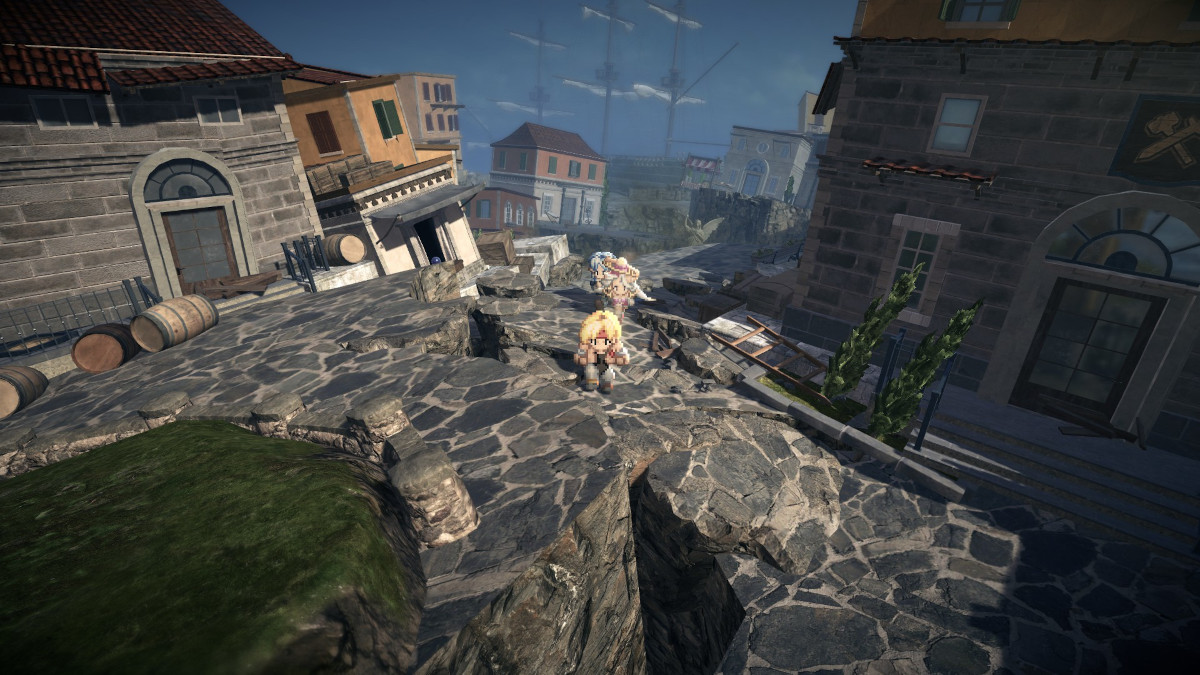
One of Star Ocean: The Second Story R’s strengths which it retains from the originals is the freedom it gives you to build your characters up, stat-by-stat. I wanted to experience the fruits of this in the purest form, by cranking the battle difficulty to ‘Universe’ from the start, to see how quickly I could adapt.
You level up like in any other JRPG, but you also gain SP and BP allowing you to customize abilities like item creation and overworld interactions including summoning traveling birds who do your shopping for you and improving experience point yields from battle.
It’s a power gamer’s dream, and it feels empowering when things click for you and you’re able to essentially ‘soft-break’ the game. When players would run into difficult situations in JRPGs, the typical go-to answer is to grind until you’re over-leveled.
While this answer doesn’t change at its core for Second Story R, you’re not forced to grind without making the grind yield superior results. To say you have no choice is a failure of the imagination, as Jean-Luc Picard would say. Invest your SP carefully, chain your battles, and be careful which combat skills you give characters. But when you’ve done everything right, and you’re seeing a stream of skills constantly activating mid-encounter and enemies buckle to your might, this game can feel mighty rewarding, like you’ve solved the puzzle to unlock unlimited power.
To Be Alive is a Responsibility as Well as a Right
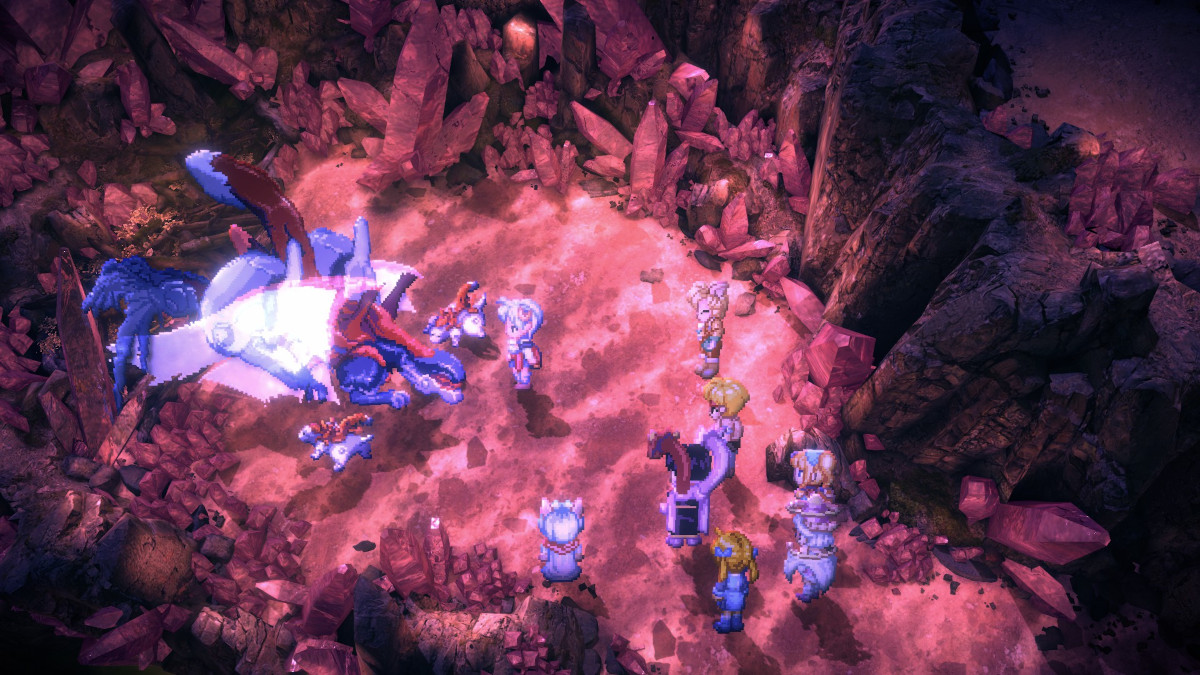
Much of the plot focuses on the world of Expel as they fight back the impending tides of monster threats. However, as you approach the end of this initial plot, your world is opened up and things become more interesting, with a society so advanced they wield the power to inflict or even halt entropy. It’s pretty cool, and while it presents dated real-world hypotheses like the Big Crunch, it feels believable, and the notion of villains who would twist that to their means is intimidating.
However, these plots have been explored before, and even just in recent years at the time. The main characters fighting back against a menacing, incredibly powerful foe posing an existential threat to their world as a concept is exciting but generic.
What Second Story R brings to the table is how its particular characters adjust to the story, such as Claude walking out from behind his father’s shadow and self-actualizing as a hero and defender of life. To be alive is a responsibility as well as a right, as Picard would say. You want to root for these characters struggling to protect their home and, especially in heartbreaking moments such as how Rena finds out about her past.
Story-wise it doesn’t explore too many novel ideas, but it feels more cerebral than a lot of Square Enix properties lately. It’s loaded with old science fiction chestnuts like universe-spanning empires and explores narratives and themes like coming-of-age and carrying out your
It is Possible to Commit No Mistakes and Still Lose
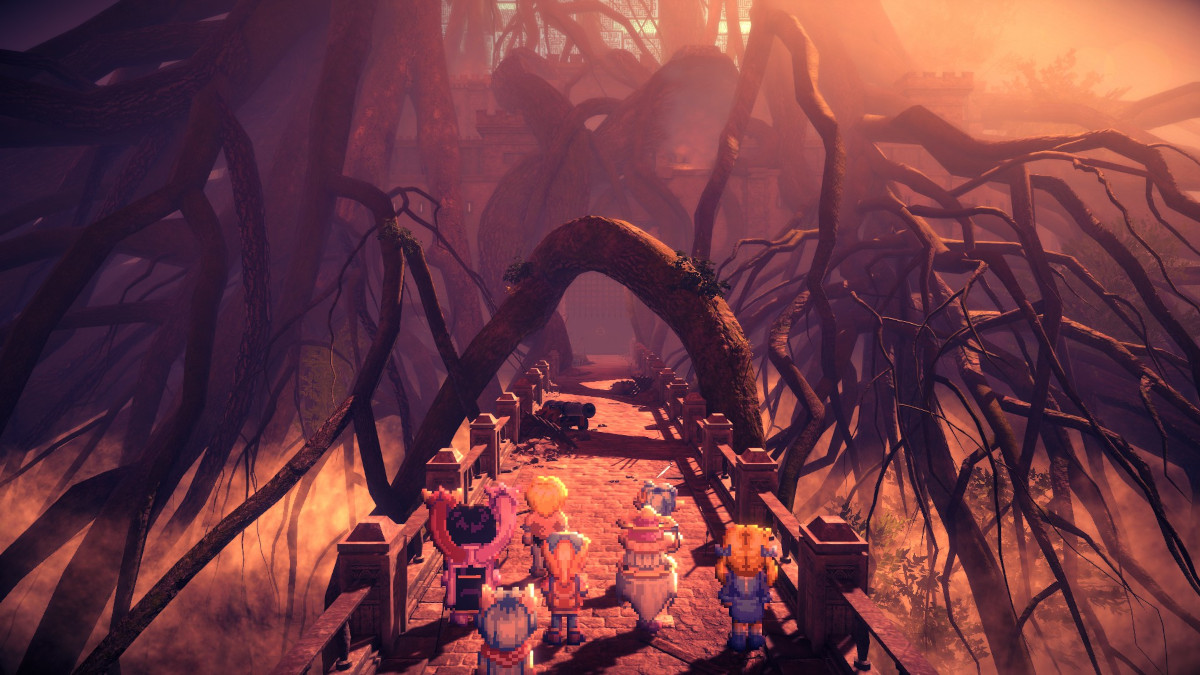
One of the biggest issues I have with the game is the absurd, almost cruel intensity it can treat players who aren’t ready for battle challenges. That’s not even going into the nonsense that is the final boss battle’s infinite, rapid chain of apocalyptic-scale spellcasting. I’m talking about even simple things like going into an arena battle, being given a handful of berries, and getting paralyzed and stunlocked into oblivion with no warning. It is possible to commit no mistakes and still lose.
But to that end, when you overcome those challenges, the high is difficult to put into words. I spent 80 hours in this game absorbing the diversity of skill and crafting options, being excited by how much more fun grinding is in this when you get comfortable with Scouting/Training battle-chaining. There’s a lot to like if you’re a hardcore player, but for people who want to enjoy this for the story, casual players will feel left out of an admittedly somewhat complicated system.
The Endings Are the Biggest Issue
So I finished a playthrough feeling empowered and like I’d solved the game, and experienced a few of the promised 99 endings and I was immediately disturbed. The friendship scores you build up can result in romantic relationships, and if you don’t plan or prune progression for certain characters, it can create some weird pairings. The first one I saw when I beat the game backpedaled from outright being a sexual relationship, to instead being a creepy one that feels a lot like grooming.
The endings are the game’s biggest issue and immediately soured my satisfaction upon beating the game. Imagine you get your characters to bond so well that an 18-year-old and a 12-year-old child get together by accident, and no amount of other cute pairings (Ashton and Precis was a big win) would win me over. In fact, in the later phases of the game, an NPC directly mentions age differences and how they shouldn’t stop people from getting together. It’s weird, and creepy, and is constantly present as the game’s plot often circles back to certain characters’ chemistry.
The Verdict
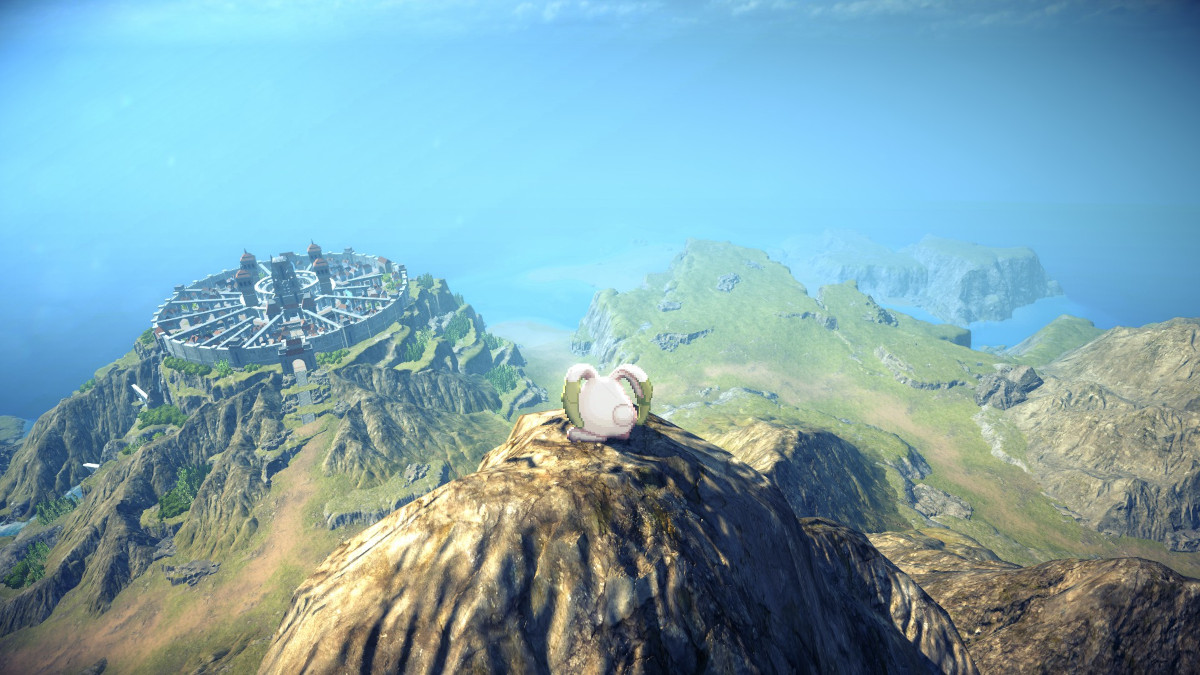
Star Ocean: The Second Story R is a product of its time as both a hardcore-adjacent PS1-era JRPG and as a host to several problematic romance mechanics. Its plot is exciting yet generic and is wildly insistent about how certain characters should end up together. But beyond that, you’ll find a brilliant and modular character stat-building system, glorious battles, some fabulous character portrait art, and a wonderful 32-bit-inspired world for you to explore.


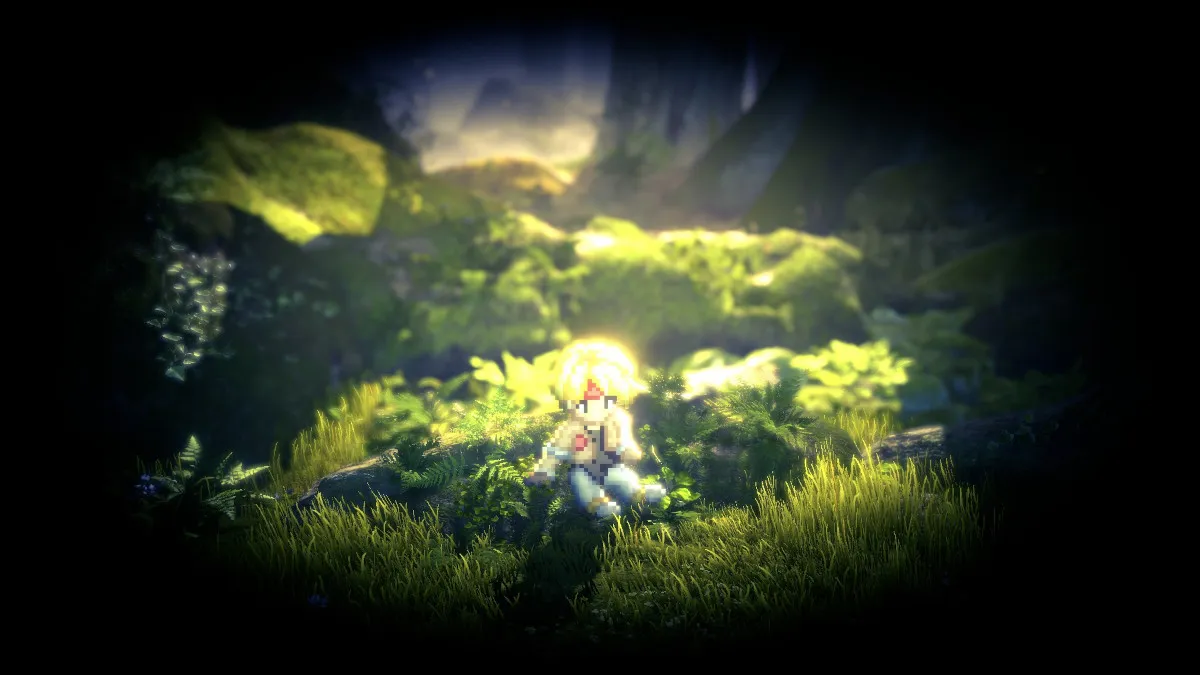









Published: Nov 20, 2023 11:26 am